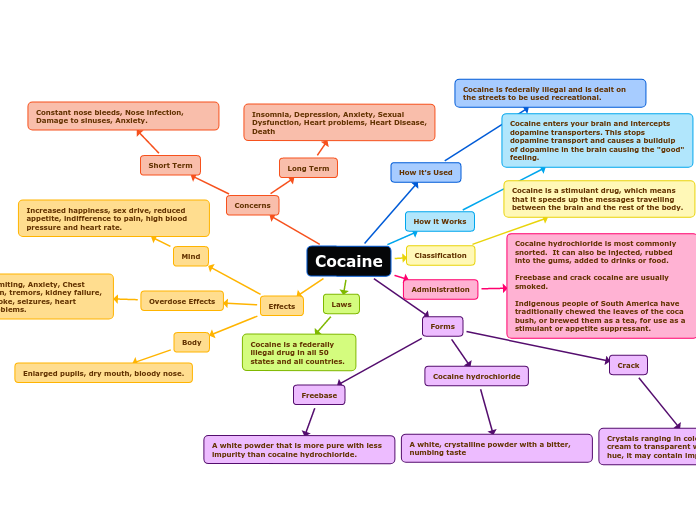arabera Braedon Page 5 years ago
151
Canadian timeline
In the 20th century, Canada underwent significant transformations in its approach to immigration and diversity. The Canadian Charter of Rights and Freedoms, established in 1982, ensured equal rights for all Canadians, regardless of religion or culture.









